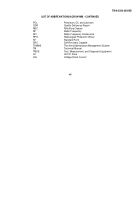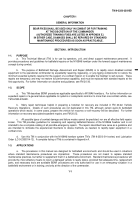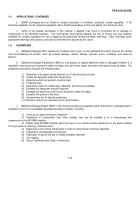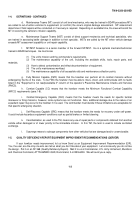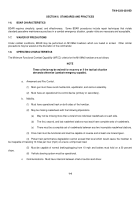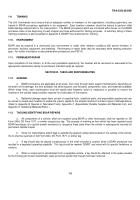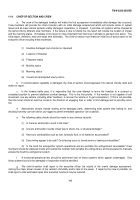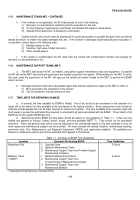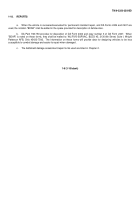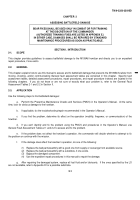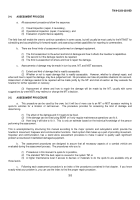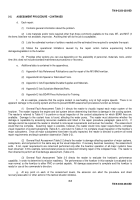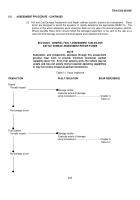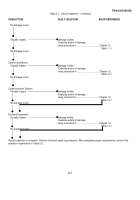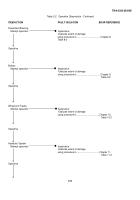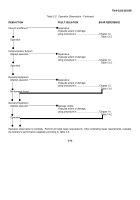TM-9-2350-358-BD - Page 24 of 343
TM 9-2350-358-BD
CHAPTER
2
ASSESSING BATTLEFIELD DAMAGE
BDAR FIXES SHALL BE USED ONLY IN COMBAT OR FOR TRAINING
AT THE DISCRETION OF THE COMMANDER.
(AUTHORIZED TRAINING FIXES ARE LISTED IN APPENDIX E.)
IN EITHER CASE, DAMAGES SHALL BE REPAIRED BY STANDARD
MAINTENANCE PROCEDURES AS SOON AS PRACTICABLE.
SECTION I.
INTRODUCTION
2-1.
SCOPE
This chapter provides guidelines to assess battlefield damage to the M109A6 howitzer and directs you to an expedient
repair procedure, if one exists.
2-2.
GENERAL
This chapter explains how to use this manual to assess and fix battlefield damage that prevents the M109A6 howitzer from
moving, shooting, and/or communicating General fault assessment tables are contained in this chapter.
Specific fault
assessment tables, detailed assessment procedures, repair procedures, and repair procedure indexes are located in the
following chapters.
If you do not know or are not sure of exactly what your problem is, refer to the General Fault
Assessment Tables 2-1 and 2-2 in Section II.
2-3.
APPLICATION
Use the following steps to find battlefield damages:
a.
Perform the Preventive Maintenance Checks and Services (PMCS) in the Operator’s Manual.
At the same
time, look for obvious damage to the howitzer.
b.
If applicable, do the troubleshooting/repair recommended in the Operator’s Manual.
c
If you find the problem, determine its effect on the operation (mobility, firepower, or communication) of the
howitzer.
d.
If you can’t identify and fix the problem using the PMCS and procedures in the Operator’s Manual, use
General Fault Assessment Tables 2-1 and 2-2 to assess and fix the problem.
e.
If the problem does not affect the howitzer’s operation, the commander will decide whether to attempt to fix
the problem or continue with the mission.
f.
If the damage does affect the howitzer’s operation, do one of the following:
(1)
Replace the bad part/assembly with a good one from supply or scavenge from available source.
(2)
Replace the bad part/assembly with a substitute, if one exists.
(3)
Bypass the damaged component.
(4)
Use the expedient repair procedures in this manual to repair the damage.
g.
After repairing the damaged system, replace all lost fluid and/or lubricants.
If the ones specified by the LO
are not available, refer to Appendix D for a possible substitute.
2-1
Back to Top

